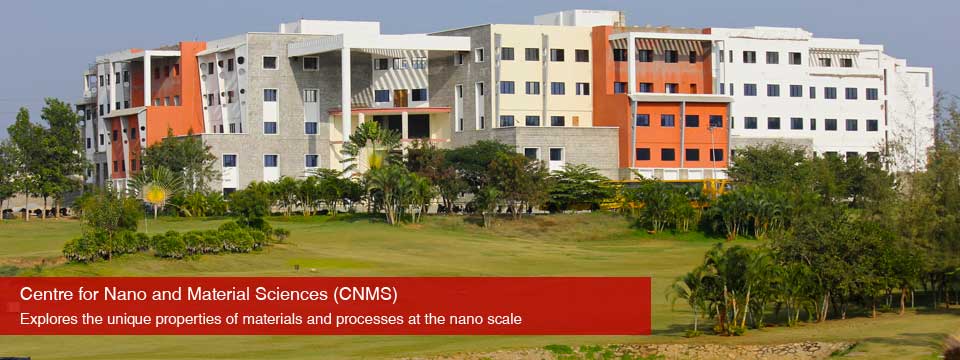|
Solar energy : Laveena D Souza and Quantum Dots : Chandan Bhardwaj
Amongst the various options of renewable sources, solar energy acts as a prominent source of clean energy. The economical and abundantly available energy source the sun light, moreso in India, has been utilized by fluorescent/nanocrystals which are synthesized and characterized in our laboratory via thin film depositions. Semiconductor QDs open a new way to utilize hot electrons via impact ionization. Semiconductor QDs are more promising alternative and posses a larger extinction coefficient as compared to conventional dyes in Dye sensitized Solar cells.
Different techniques of fabrication like CBD, molecular linkers, drop cast technique and electrophoresis are explored for linking molecules to thin films.
QDs, particularly long fluorescence lifetime and photostability allows multiplexed imaging in which QDs could act as ideal probes. . The optoelectronic properties of nanocrystals are fundamentally understood and shall further be applied. The prepared fluorescent nanocrystals are envisaged to be used as bio-markers to identify the food and waterborne pathogens. Methods in adapting QDs for in vitro diagnostics mainly in immunoassays for rapid detection of food and water borne enteric pathogens are the future focus areas.
Our interests include,
|
|



